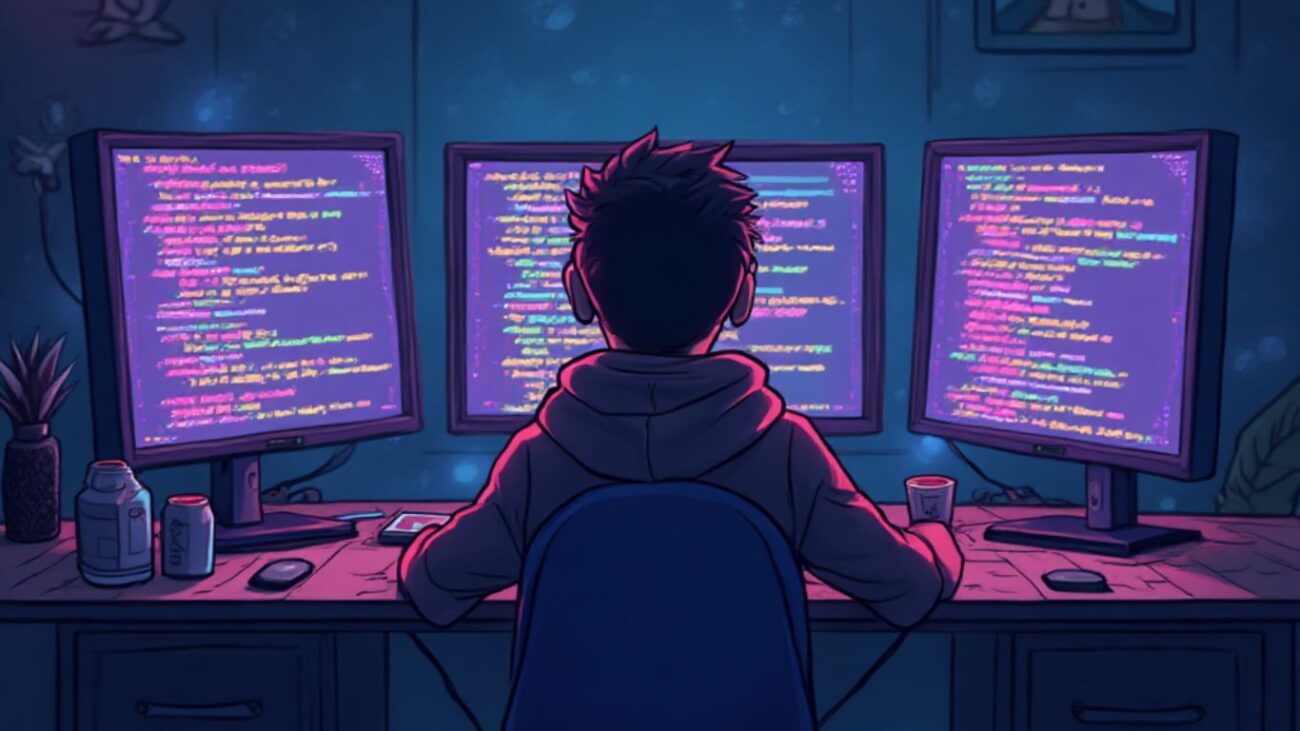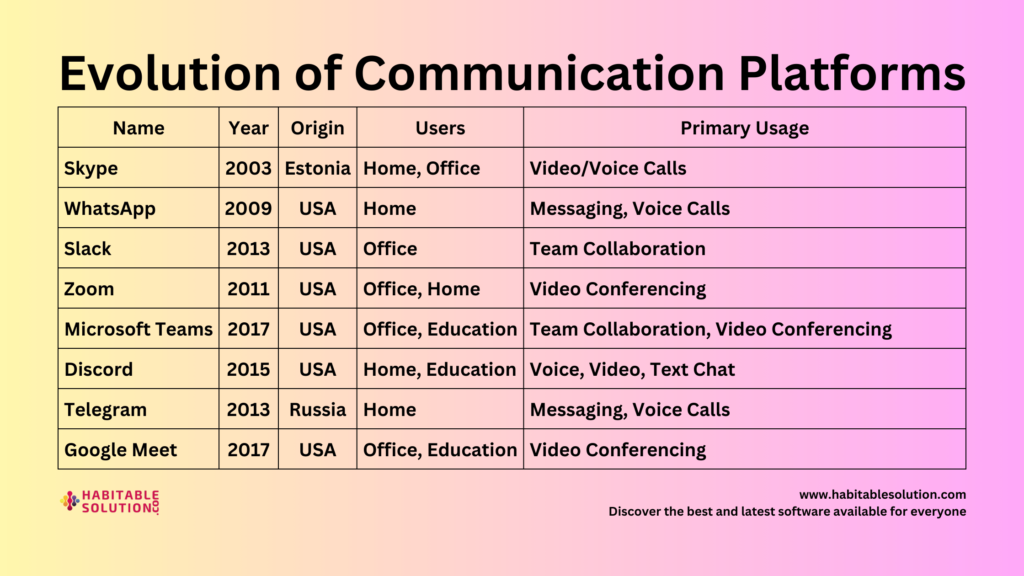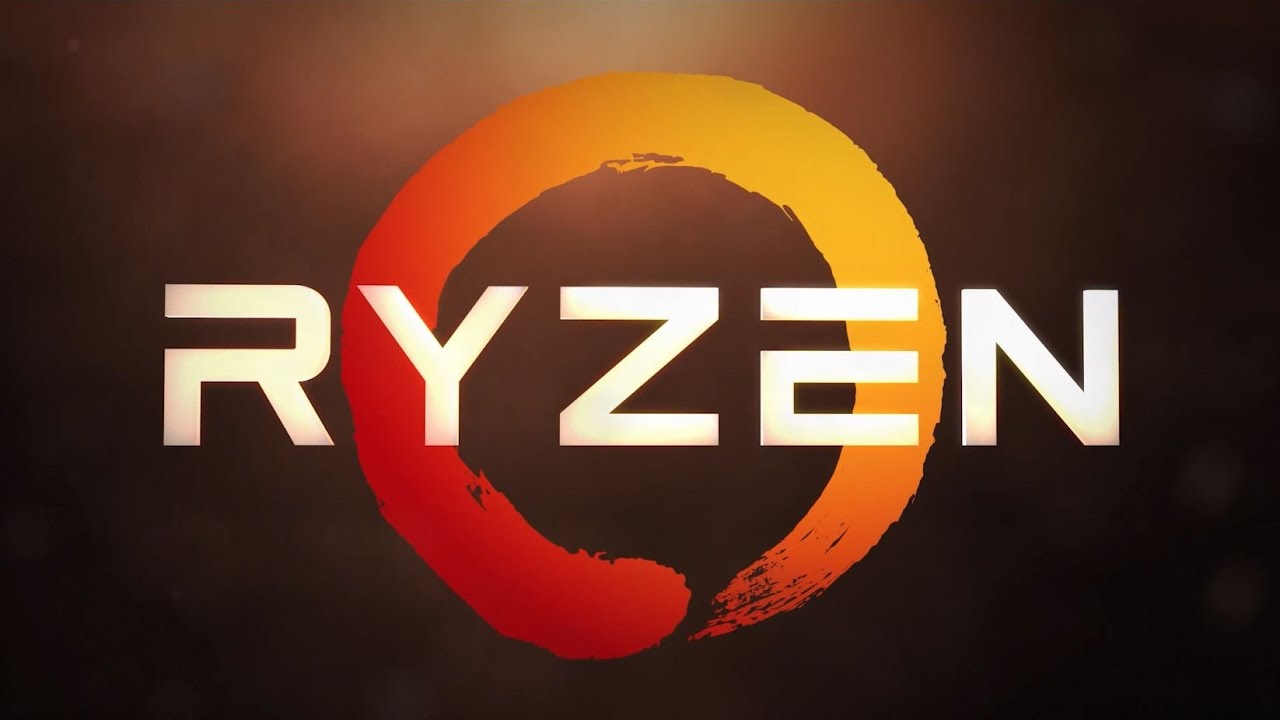“Why does a weekend CTF always feel like defusing a bomb on zero sleep?” If you’ve ever stared at Burp Suite at 3 a.m. while chugging lukewarm energy drinks, you know capture‑the‑flag competitions don’t just test technical chops—they stress‑test your psyche. Drawing from the viral talk “How Every CTF Turns Into a Mental Breakdown!” and my own write‑ups from DEF CON Quals, this 1,400‑word guide explores why brain‑meltdown moments happen and—more importantly—how to finish a CTF without needing a therapist.
1. The Dopamine Trap: Why Puzzles Hijack Your Brain

The transcript opens with a neuroscientist’s aside: “CTFs weaponize intermittent reinforcement the way slot machines do.” Every challenge solved releases dopamine; every hour stuck builds cortisol. The unpredictable mix keeps you glued to the screen. In psychology terms, it’s a variable‑ratio reward schedule—the same mechanism that powers loot boxes and social‑media scrolling.
CTF Reality Check: Recognize the cycle early. Dopamine hits are fun, but cortisol crashes tank focus. A timer‑based break schedule (20‑minute sprint, 5‑minute stretch) protects both hormones.
2. Team Dynamics: From Hive‑Mind to Hype‑Mine
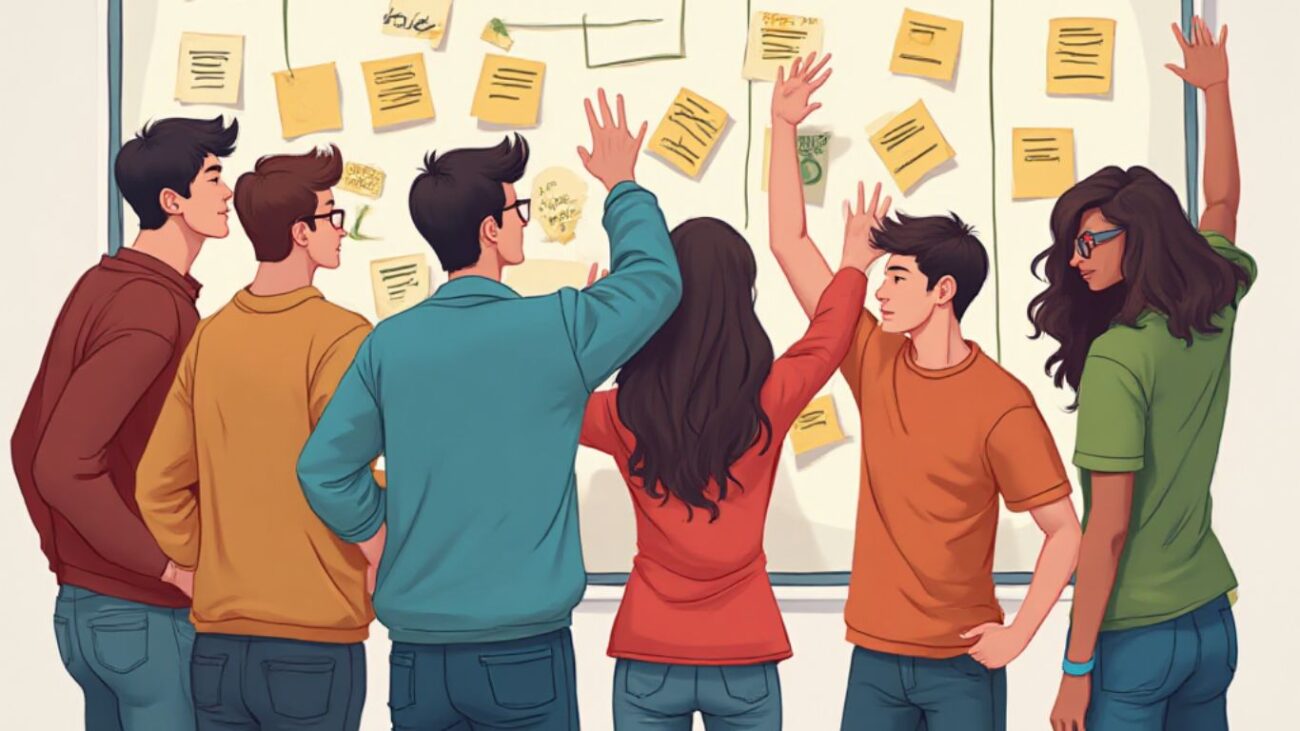
Good teams resemble bee colonies; bad ones mutate into echo chambers. The speaker recounts a meltdown where three teammates brute‑forced the same Caesar shift for four hours because no one tracked task ownership.
Fix: Appoint a “traffic controller.” One teammate updates a Kanban board (HackMD, Google Sheet, or a simple whiteboard) every 30 minutes. The control role rotates, preventing single‑point burnout.
3. The Rabbit‑Hole Spiral
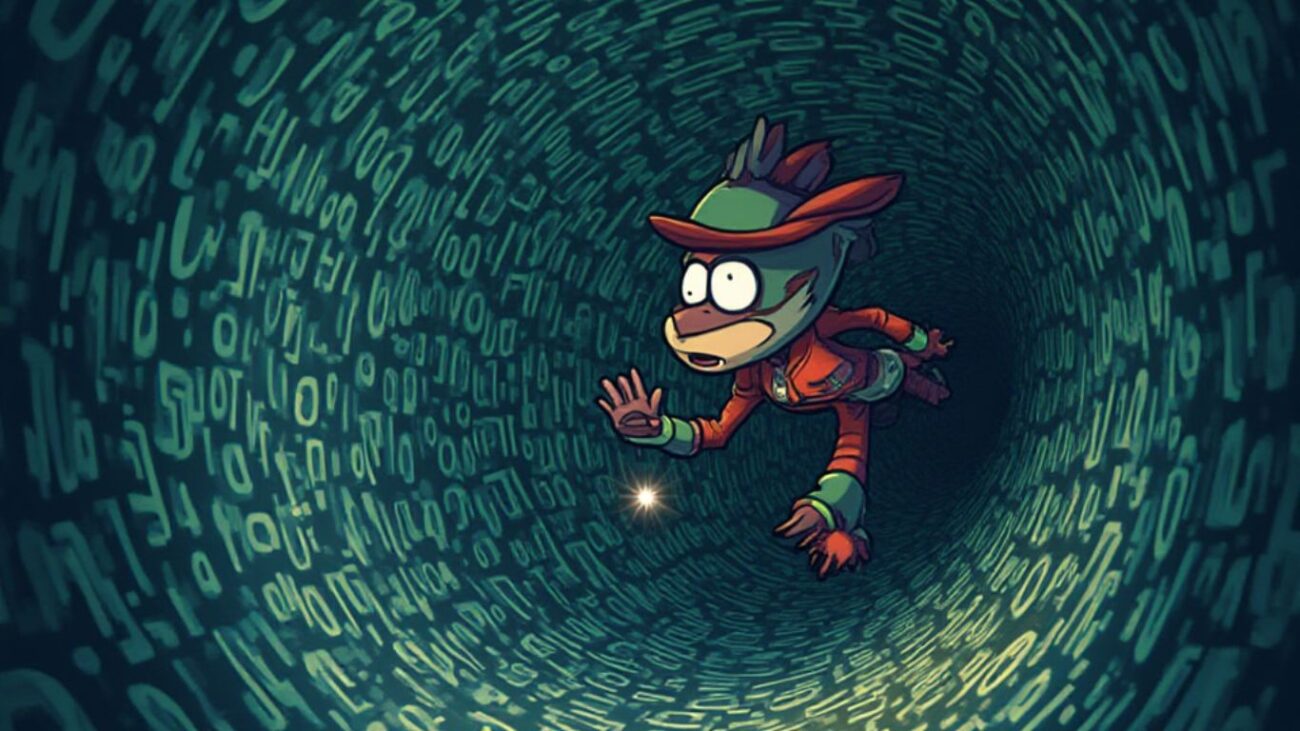
Stack Overflow whispers, “maybe the bug is in libc.” Two hours later you’re reading 2012 MIPS manuals for a challenge that needed nothing but strings‑dump. This is the rabbit‑hole spiral, and it’s CTF public enemy #1.
Transcript gem: “If you haven’t learned anything new in 30 minutes, you’re no longer researching—you’re coping.”
Tactic: Set a 25‑minute Pomodoro. When it dings, articulate your hypothesis aloud. If nobody understands it—including you—park the rabbit hole for later.
4. Environment Breakdown: The Hidden CPU Throttle
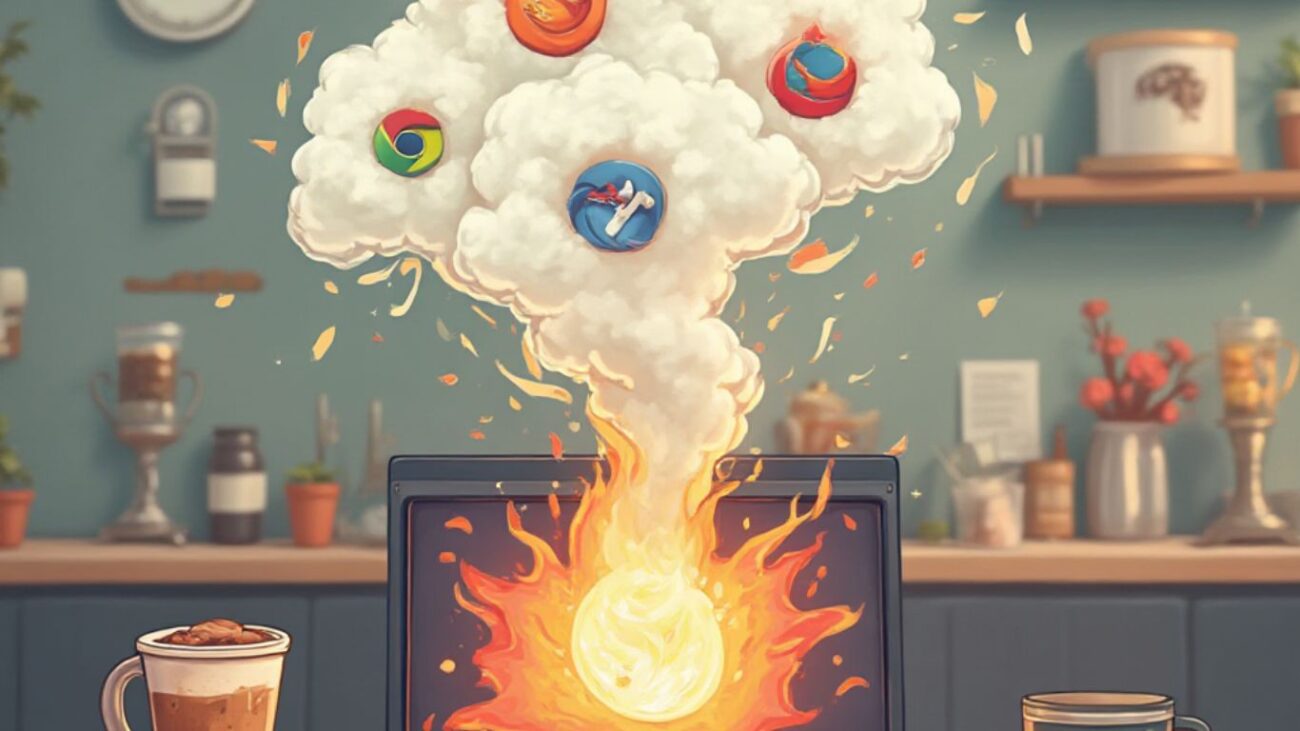
Nothing fractures concentration faster than laptop fan‑whine. The talk’s Q&A segment dove into “environment killers”: coffee‑shop Wi‑Fi, thermal throttling, 50 Chrome tabs. Each micro‑stress chips away at problem‑solving capacity.
Upgrade Checklist:
- Use dockerized toolkits—pwn.tools, gdb-peda, Burp—in one scriptable container.
- Offload recon (Masscan, Gobuster) to a VPS so your laptop stays cool.
- Block distracting sites with Focus Mode extensions.
5. Sleep Debt: The Real Zero‑Day
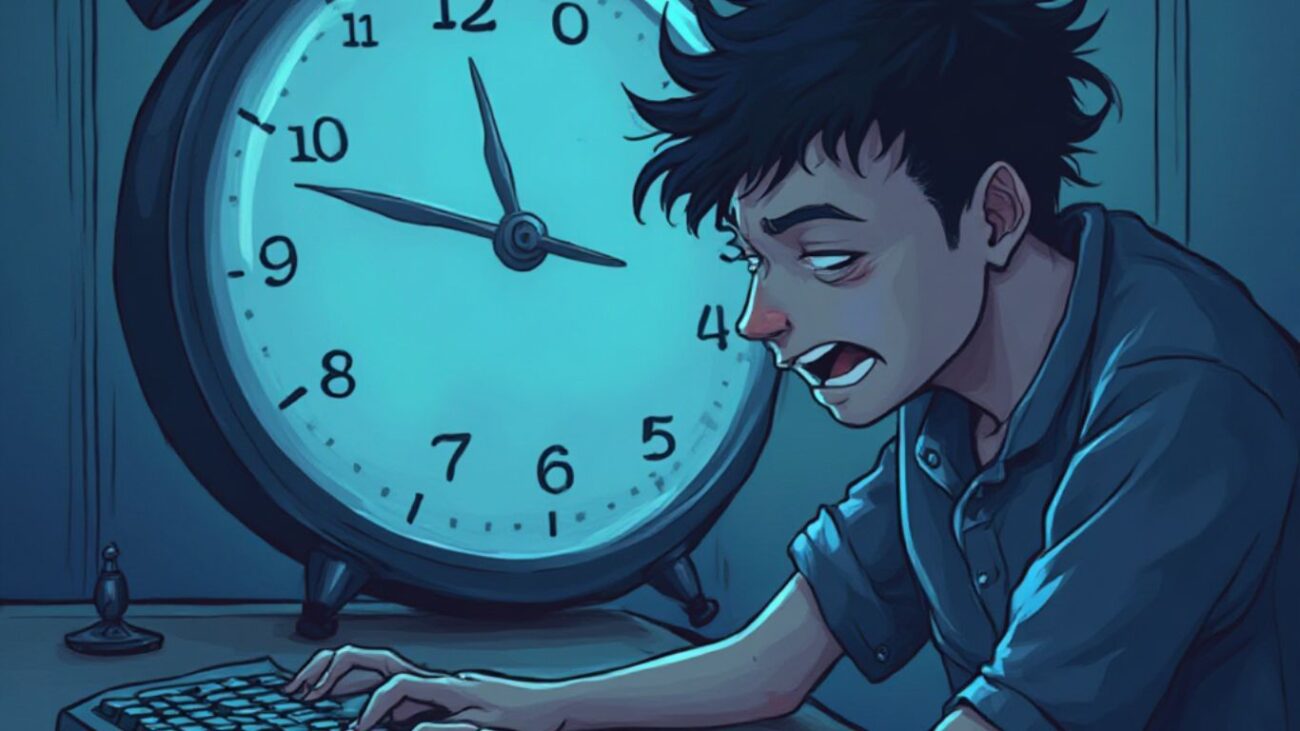
“Sleep is a vulnerability scanner for the brain,” says the speaker. Skip REM and working memory tanks by up to 40 % (Harvard Med, 2024). Yet #CTF Twitter glorifies all‑night sprints.
Rule of Thumb: If the scoreboard freeze ends at 9 a.m., logging seven hours helps more than chasing one extra flag. Top DEF CON teams track each member’s sleep quota like they track solve counts.
6. Nutrition & Hydration—Not Just for Wellness Blogs

Pizza and energy drinks are CTF clichés, but studies show glucose dips impair logical reasoning. The speaker’s team switched to protein bars, electrolyte water, and 20‑minute meal breaks. Their average reverse‑engineering solve time dropped from 2 hrs 40 min to 1 hr 55 min across three comps.
Field Ration: almonds, Greek yogurt pouches, sparkling water, and one caffeine source you taper after midnight.
7. Post‑CTF Decompression: Write‑Up or Burnout

The talk ends with burned‑out players ghosting Discord for weeks. Decompression isn’t optional—it’s part of the learning loop.
Write‑Up Framework:
- Screenshot the exploit workflow.
- Paste key shell commands.
- Summarize “What trick fooled us?”
- Tag future fix (script, cheat‑sheet entry, or tool upgrade).
Publish within 48 hours; teaching cements memory, and your medium‑post may help the next sleep‑deprived newbie.
8. Pre‑CTF Warm‑Up: Setting the Stage for Success

CTFs are marathons disguised as sprints; elite runners don’t roll out of bed and slap on racing shoes. They taper, hydrate, and visualize the course. Your binary‑exploitation muscles deserve the same courtesy.
- Scavenger Hunt Week: Five days before the event, spend exactly one hour nightly refreshing a single soft spot—format‑string attacks, blind XXE, or heap feng shui. The goal isn’t mastery; it’s reviving muscle memory so your brain recognises patterns under pressure.
- Environment Checksum: Clone your dot‑files repo to a disposable VM. Run a one‑liner to compile pwntools, radare2, and your favourite Burp extensions. A broken apt‑get at 02:00 triggers more tears than any challenge.
- Mental Playlist: Research from Stanford’s NeuroMusic Lab (2024) shows lo‑fi beats at 60‑80 BPM can raise theta‑band focus by 8 %. Build a 90‑minute playlist that ends in silence; when the music stops, break, hydrate, and stretch.
- Expectation Contract: Agree, in writing, on sleep windows, task rotation, and donor‑flag etiquette (e.g., who submits first solve). Clarity kills conflict.
A smooth warm‑up slashes the cognitive tax of context switches once the scoreboard lights up.
9. Long‑Term Skill Consolidation: Post‑Mortem Alchemy
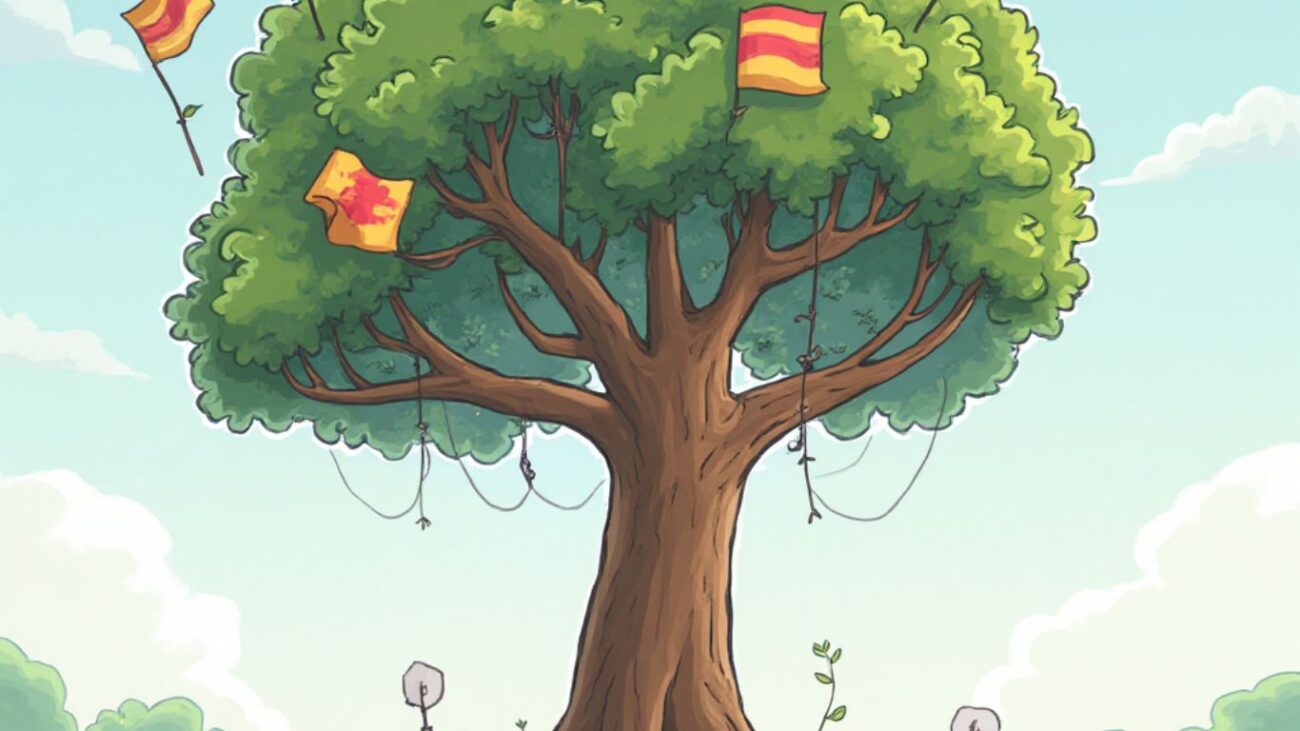
Winning a flag feels euphoric, but raw dopamine fades. To turn adrenaline spikes into career capital, you need deliberate reflection.
- Flag‑to‑Framework Mapping: For each solved challenge, tag the underlying weakness—buffer overflow, SSTI, integer truncation. Over six months, your heat map reveals blind spots and specialisations.
- Tool Gap Audit: Did you waste twenty minutes writing a Python script that gdb‑pedal already solved? Note it, then gadgetise it for the repo. Small automations compound like Git commits.
- Peer Teaching Loop: Within 72 hours, present one tricky exploit to a peer or online meetup. The ‘Feynman technique’ forces simplification, exposing shaky logic you can shore up before the knowledge fossilises wrong.
- CTF → Real World Crosswalk: Map each technique to a real CVE. That blind XXE in the CTF sandbox? It echoes CVE‑2024‑29021 from SAP NetWeaver. Management perks up when you transform game skills into breach‑prevention ammo.
Document these steps in an Obsidian vault or Notion board; the repository becomes your personalised red‑team syllabus.
Quick‑Reference Toolbox (2025)

| Need | Tool | Why It Beats Burnout |
| Binary Diff | BinDiff 9 | Auto‑highlights changed funcs—skip rabbit holes. |
| Web Recon | katana | Multi‑threaded—find params while you hydrate. |
| Crypter | CyberChef | Drag‑and‑drop, no brain‑cycle wasted. |
| Notes | Obsidian + Mermaid | Visual graph avoids duplicated effort. |
People also search for:
- CTF challenges with solutions
- CTF walkthrough
- CTF VM challenges
- CTF writeups github
Written by Tahsin Tariq | Habitablesolution.com
